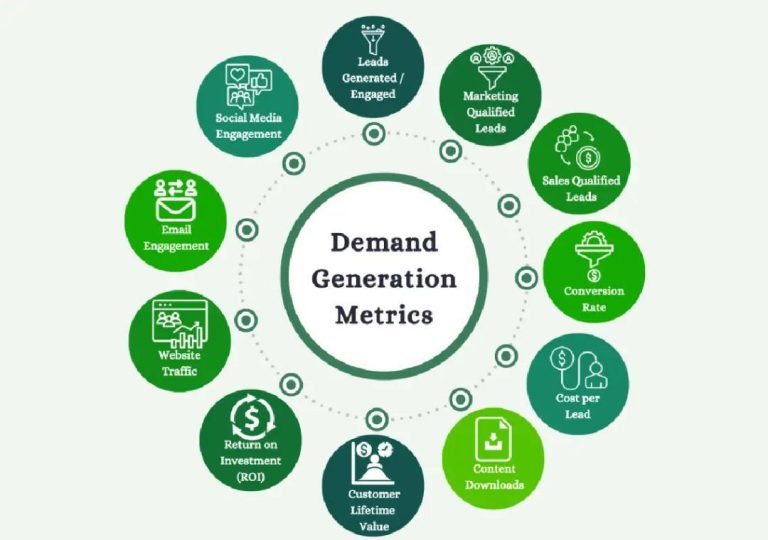
Is the way we measure cloud efficiency flawed?
When it comes to measuring the efficiency of cloud operations, many teams rely on metrics that focus on activity volume, such as the number of deployments or tasks completed. While these metrics may provide a sense of accomplishment, they often fail to capture the true impact of cloud operations on the business. This misalignment can lead teams to prioritize speed over impact, encouraging busy work rather than strategic, value-driven efforts.
As organizations continue to invest heavily in cloud technologies, it’s crucial that they re-examine their approach to measuring cloud efficiency. By shifting the focus from activity volume to actual business outcomes, teams can ensure that their cloud operations are truly driving value for the organization.
The limitations of traditional metrics
Traditional metrics for measuring cloud efficiency often rely on counting the number of deployments, tasks completed, or applications migrated to the cloud. These metrics may seem straightforward, but they have several limitations:
- Lack of context: Activity volume metrics don’t provide any context about the impact of cloud operations on the business. Are the deployments successful? Are they reducing costs? Are they improving customer satisfaction?
- Prioritization of speed over impact: By focusing on activity volume, teams may prioritize speed over impact. This can lead to a culture of busy work, where teams are busy completing tasks, but not necessarily delivering value.
- Insufficient feedback: Traditional metrics often don’t provide real-time feedback on the effectiveness of cloud operations. This makes it difficult for teams to identify areas for improvement and adjust their strategies accordingly.
The importance of outcome-based metrics
To truly measure the efficiency of cloud operations, teams need to focus on outcome-based metrics. These metrics measure the actual impact of cloud operations on the business, rather than just the activity volume.
Some examples of outcome-based metrics include:
- Cost savings: Has the migration to the cloud led to significant cost savings?
- Increased scalability: Can the cloud infrastructure handle increased demand and traffic?
- Improved customer satisfaction: Have cloud-based applications improved customer satisfaction and loyalty?
- Reduced downtime: Has the cloud infrastructure reduced downtime and improved overall system availability?
Real-world examples of outcome-based metrics
Several organizations have successfully implemented outcome-based metrics to measure the efficiency of their cloud operations. For example:
- Netflix: Netflix measures the efficiency of its cloud operations by tracking metrics such as “time to deploy” and “time to recover”. These metrics provide insight into the speed and reliability of the cloud infrastructure, allowing Netflix to make data-driven decisions about its cloud strategy.
- Toyota: Toyota measures the efficiency of its cloud operations by tracking metrics such as “cost savings” and “quality improvement”. These metrics provide insight into the impact of cloud operations on the business, allowing Toyota to identify areas for improvement and optimize its cloud strategy accordingly.
Challenges and opportunities
While shifting to outcome-based metrics can be challenging, it also presents several opportunities for organizations to improve the efficiency of their cloud operations. Some of the challenges and opportunities include:
Challenges:
- Data collection and analysis: Collecting and analyzing data to measure outcome-based metrics can be complex and time-consuming.
- Cultural shift: Shifting from activity volume metrics to outcome-based metrics requires a cultural shift within the organization, where teams prioritize impact over speed.
- Stakeholder alignment: Ensuring that all stakeholders are aligned on the importance of outcome-based metrics can be challenging.
Opportunities:
- Improved decision-making: By measuring outcome-based metrics, teams can make data-driven decisions about their cloud strategy, rather than relying on intuition or anecdotal evidence.
- Increased collaboration: Outcome-based metrics can foster greater collaboration between teams, as they work together to achieve common goals and measure success.
- Better resource allocation: By measuring the impact of cloud operations, teams can allocate resources more effectively, focusing on areas that drive the most value for the organization.
Conclusion
Measuring the efficiency of cloud operations requires a shift away from traditional activity volume metrics and towards outcome-based metrics. By focusing on actual business outcomes, teams can ensure that their cloud operations are truly driving value for the organization. While this approach presents several challenges, it also offers significant opportunities for improvement.
References:
https://www.growthjockey.com/blogs/challenges-building-cloud-efficient-operating-system
Note: The news article ‘Challenges Building a Cloud-Efficient Operating System’ by Growth Jockey provides a comprehensive overview of the challenges and opportunities of building a cloud-efficient operating system. The article highlights the importance of outcome-based metrics and provides real-world examples of organizations that have successfully implemented outcome-based metrics to measure the efficiency of their cloud operations.






